The northern white rhino once roamed the grasslands of central Africa in thriving numbers, its massive frame and distinctive squared lips a testament to millions of years of evolution. Today, the subspecies stands at the brink of extinction—a grim monument to human greed, conflict, and ecological negligence. With only two females remaining under 24-hour armed guard in Kenya’s Ol Pejeta Conservancy, the northern white rhino has become a symbol of irreversible loss. This is not just the story of a dying species, but a cautionary tale of what happens when humanity fails to act in time.
The Last of Their Kind
Najin and Fatu, the two surviving northern white rhinos, are mother and daughter. Both are incapable of natural reproduction—Najin due to age and weak hind legs, Fatu due to uterine abnormalities. Their sole male counterpart, Sudan, the last of his gender, passed away in 2018 after a series of age-related illnesses. His death marked the functional extinction of the subspecies, leaving behind a haunting question: How did we let this happen?
Decades of poaching, fueled by the insatiable demand for rhino horn in traditional medicine and ornamental markets, decimated their populations. Despite being made of keratin—the same substance as human fingernails—rhino horns fetch prices higher than gold in clandestine markets. Conservation efforts were often undermined by corruption, war, and habitat destruction. By the time the world took notice, it was already too late.
A Glimmer of Hope in Science
In a last-ditch effort to salvage what remains of the northern white rhino, scientists have turned to cutting-edge reproductive technologies. Using preserved sperm from deceased males and eggs harvested from Najin and Fatu, researchers aim to create viable embryos through in vitro fertilization (IVF). These embryos would then be implanted into surrogate southern white rhinos, the closest living relatives of the northern subspecies.
The project, spearheaded by the BioRescue consortium, is fraught with challenges. Rhino reproductive biology is poorly understood compared to other mammals, and IVF in large animals remains experimental. Even if successful, the genetic bottleneck—stemming from the limited gene pool of the remaining sperm samples—could lead to health complications in future offspring. Yet, for those involved, the effort is worth the risk. "This isn’t just about saving a rhino," one researcher remarked. "It’s about proving that extinction isn’t inevitable when we commit to fighting it."
The Bigger Picture
The plight of the northern white rhino mirrors a global crisis. According to the IUCN, over 42,100 species are threatened with extinction, many due to human activity. Rhinos, tigers, elephants—these iconic creatures are just the tip of the iceberg. The loss of biodiversity destabilizes ecosystems, jeopardizing food security, water sources, and even climate regulation.
Some argue that the resources poured into saving functionally extinct species like the northern white rhino could be better spent protecting those still clinging to survival. Others counter that high-profile conservation projects raise awareness and funding for broader efforts. The debate underscores a painful truth: triage is now a reality in conservation biology. Not every species can be saved, but each loss diminishes the planet in ways we are only beginning to understand.
An Urgent Call to Action
The story of the northern white rhino is a sobering reminder of humanity’s power to destroy—and to heal. While science may yet pull the subspecies back from oblivion, its fate serves as a warning. The sixth mass extinction is underway, and this time, the asteroid is us.
For Najin and Fatu, the end of their lineage seems inevitable. But for other species on the brink, there is still time. Strengthening anti-poaching laws, supporting habitat restoration, and combating the illegal wildlife trade are critical steps. Perhaps the greatest lesson from the northern white rhino is this: extinction is forever, but so is our responsibility to prevent it.

By /Aug 4, 2025
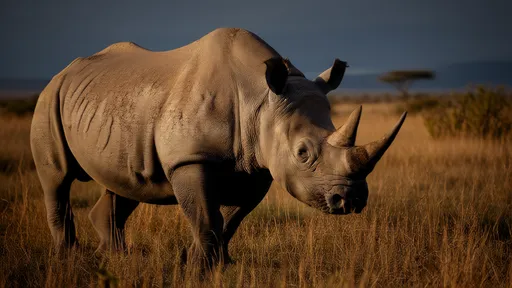
By /Aug 4, 2025
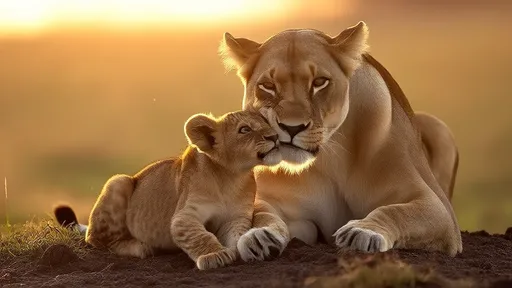
By /Aug 4, 2025

By /Aug 4, 2025

By /Aug 4, 2025

By /Aug 4, 2025

By /Aug 4, 2025
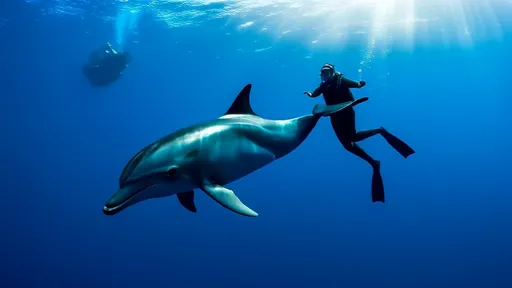
By /Aug 4, 2025
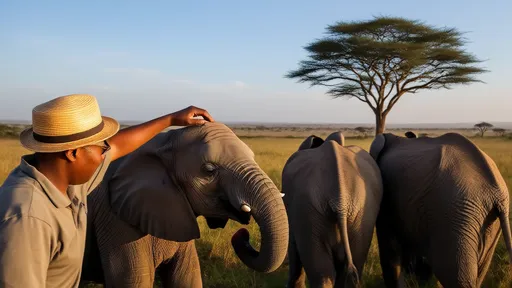
By /Aug 4, 2025

By /Aug 4, 2025
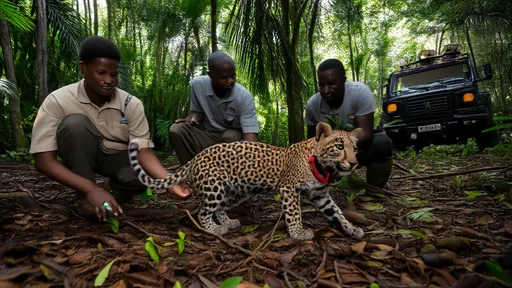
By /Aug 4, 2025
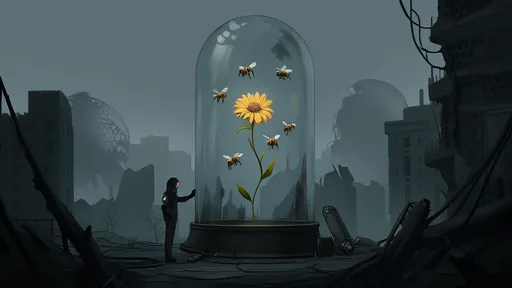
By /Aug 4, 2025
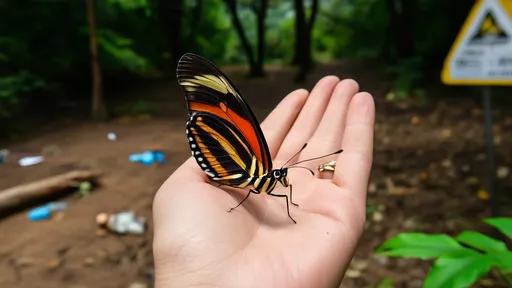
By /Aug 4, 2025

By /Aug 4, 2025
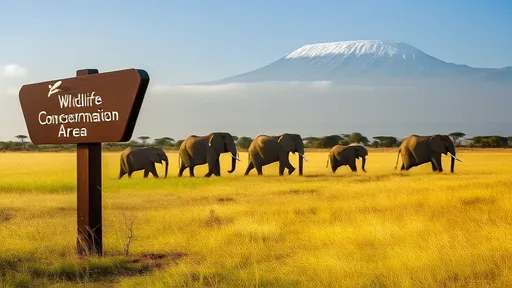
By /Aug 4, 2025
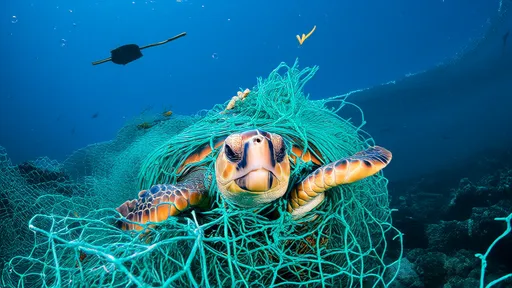
By /Aug 4, 2025

By /Aug 4, 2025
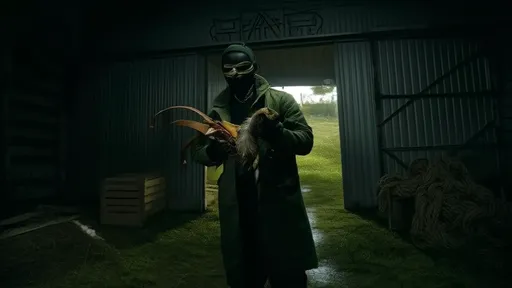
By /Aug 4, 2025
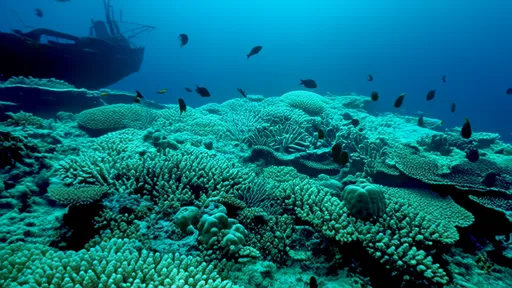
By /Aug 4, 2025
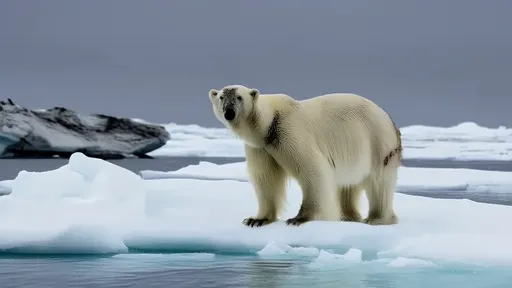
By /Aug 4, 2025